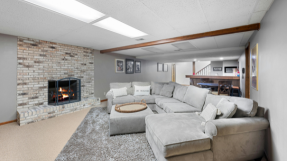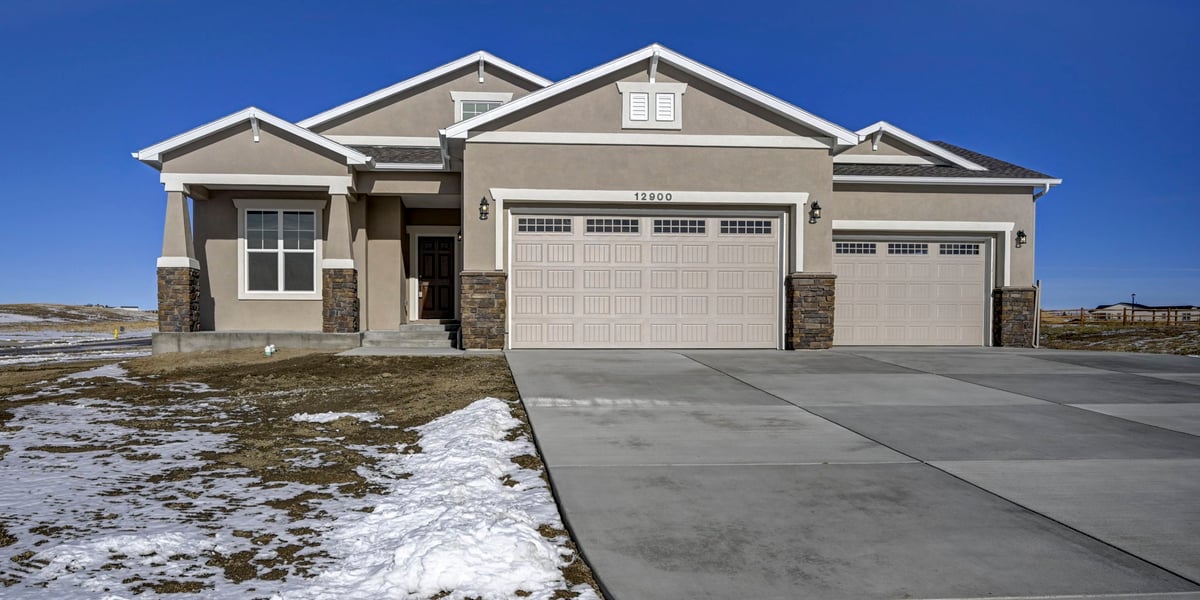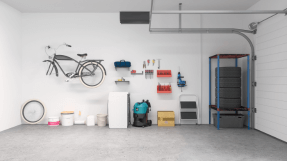Insulation Facts

Why is blown-in fiberglass a better choice for insulation?
Thermal Performance
Fiberglass: Loose fiberglass experiences less than 2% settling and delivers the R-value stated on its package for the life of the home.
Cellulose: Can experience up to 25% settling which over time can result in losing up to 25% of it’s R-value. In addition, installers must apply at the “initial installed thickeness” listed on the bag to get the desired R-value.
R-Value Per Inch
Fiberglass: In wall cavities both batts and loosefill can provide up to R-4.3 per inch, delivering a full R-15 in a 2×4 wall.
Cellulose: In wall cavities and cathedral ceilings, cellulose provides up to R-3.7 per inch (approximately R-13 for a 2×4 wall).
Fire Resistance
Fiberglass: Naturally non-combustible and is classified as such per ASTM E136.
Cellulose: Made from paper and other wood-based, combustible materials. It must be treated with fire-retardant chemicals to be acceptible for use in any type of building construction.
Batts: Batts faced with Kraft are not resistant to fire because the facing is combustible. Only the fiberglass is non-combustible.
Cellulose Moisture Problem
Fiberglass: Fiberglass does not absorb moisture and is installed dry.
Cellulose: Is naturally absorbent and is applied with water.
NOTE: The presence of water (in liquid or vapor form) in building cavities can cause loss of insulation R-value, corrosion of metal fasteners, wiring, piping and metal framing members, and degradation of wood framing members and gypsum wallboard.
Batt vs. Blown
Although batt insulation is easy to install, it is also prone to installation errors which dramatically impact the performance. It’s very difficult to correctly install batts without leaving some gaps in coverage – even a small void, such as around an electrical outlet, can reduce a wall’s overall R-value by as much as 50%.
Blown-in fiberglass insulation creates a more seamless thermal barrier than batts can provide that fills gaps and leads to a more efficient thermal assembly.
“Choosing the right building products is one reason that Campbell Homes is known for quality. We don’t skimp or cut corners; we do the right thing for our buyers.”
Manuel Rodrigues, Vice President, Purchasing and Sales, Campbell Homes.







